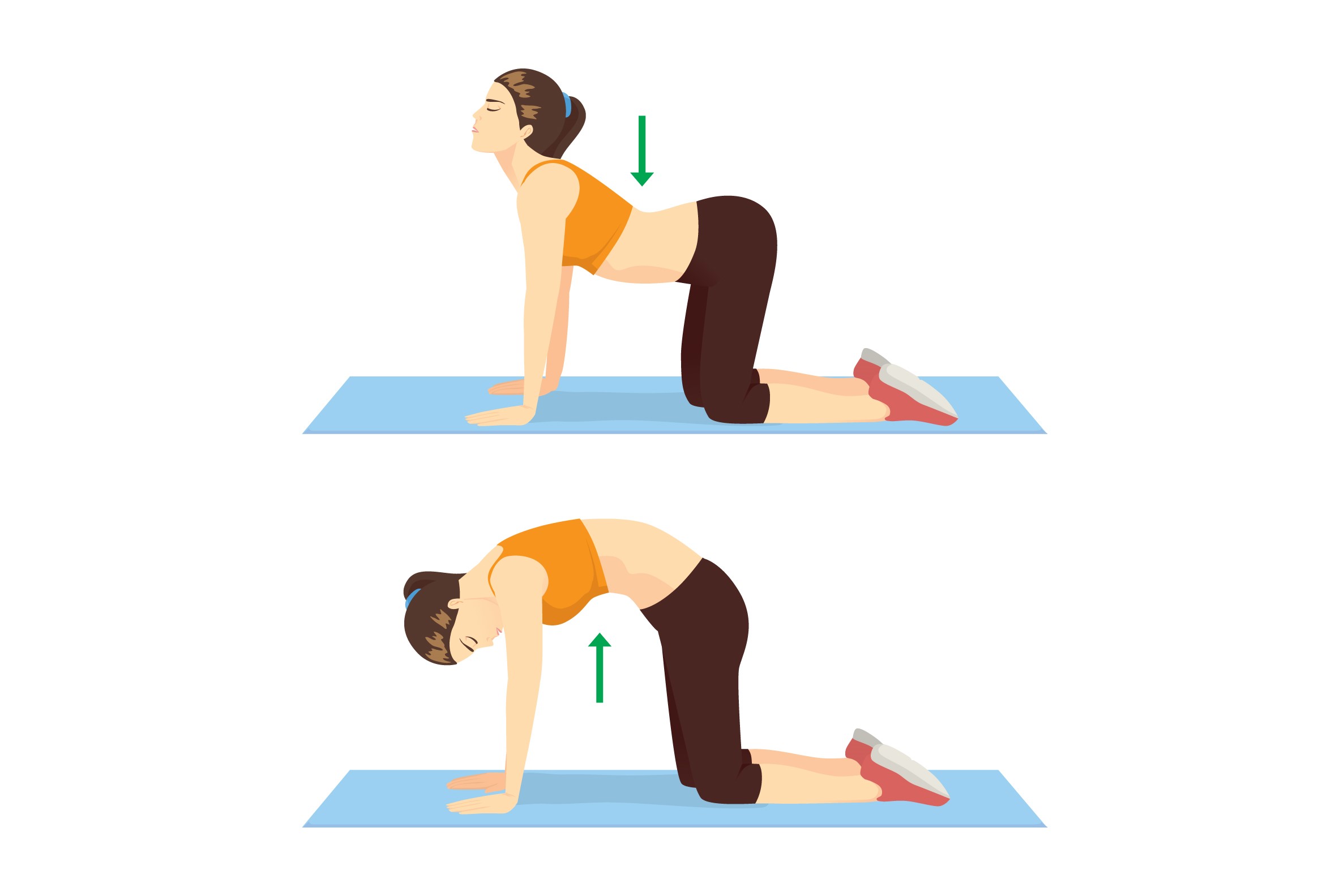Postpartum Yoga for Recovery: A Complete Guide to Healing and Strengthening
Becoming a mother is a life-changing experience that brings joy, challenges, and profound physical and emotional transformations. Postpartum recovery is crucial to restore the body, strengthen muscles, support emotional balance, and regain confidence. Postpartum yoga is a gentle and effective approach to help new mothers recover safely and mindfully.
Understanding Postpartum Recovery
After childbirth, the body undergoes numerous changes. Recovery involves:
- Physical Healing: Shrinkage of the uterus, abdominal muscle repair, pelvic floor strengthening, and hormonal adjustments.
- Emotional Adjustment: Coping with mood swings, anxiety, and postpartum depression.
- Lifestyle Readjustment: Managing sleep deprivation, new routines, and daily responsibilities.
Yoga assists all three aspects by promoting blood circulation, reducing stress, restoring core strength, and enhancing mindfulness.
Benefits of Postpartum Yoga
Physical Benefits
- Pelvic Floor Strengthening: Reduces incontinence and supports pelvic organs.
- Core Restoration: Helps repair diastasis recti and regain abdominal strength.
- Improved Posture: Counters slouching from feeding and carrying the baby.
- Joint Flexibility: Gently improves mobility and prevents stiffness.
Mental & Emotional Benefits
- Reduces stress and anxiety by activating the parasympathetic nervous system.
- Enhances mood through endorphin release.
- Improves sleep quality with breathing and relaxation techniques.
Lifestyle Benefits
- Builds mind-body awareness.
- Encourages a self-care routine amidst daily responsibilities.
- Offers community support through group or online classes.
Safety Tips for Postpartum Yoga
- Consult your doctor before starting, especially after a C-section or complicated birth.
- Start slowly with gentle stretches and core awareness.
- Listen to your body and avoid overexertion.
- Use props like bolsters, pillows, or blocks for support.
- Stay hydrated and maintain a nutritious diet.
Essential Postpartum Yoga Poses
Pelvic Floor Recovery



Core Strengthening


Relaxation & Stress Relief



Posture Improvement



Breathing Techniques for Postpartum Recovery
Key techniques include diaphragmatic breathing, ujjayi breath, and alternate nostril breathing (Nadi Shodhana). Each supports relaxation, oxygenation, emotional balance, and better sleep.
Incorporating Yoga into Your Daily Routine
- Start with 10–15 minutes daily.
- Combine with baby care through gentle stretches.
- Create a quiet, calm space free from distractions.
- Track progress with a journal for motivation.
FAQ Section
Q: How soon can I start postpartum yoga?
A: Consult your doctor, typically 6 weeks after vaginal delivery or 8 weeks after C-section.
Q: Which poses are safe post-C-section?
A: Gentle stretches like Reclining Bound Angle, Leg Slides, Cat-Cow, and deep breathing are safe.
Q: How long should each session last?
A: Begin with 10–20 minutes, gradually increasing as your strength improves.
Q: Can I practice yoga while breastfeeding?
A: Yes! Avoid poses that compress your chest; focus on breathing, core, and hip stretches.
Conclusion
Postpartum yoga is a holistic recovery method for mind, body, and spirit. By practicing safely and consistently, new mothers can regain strength, reduce stress, and restore balance. YogaEndless offers guided postpartum sessions, expert advice, and a supportive community for your recovery journey. Start your healing today!
